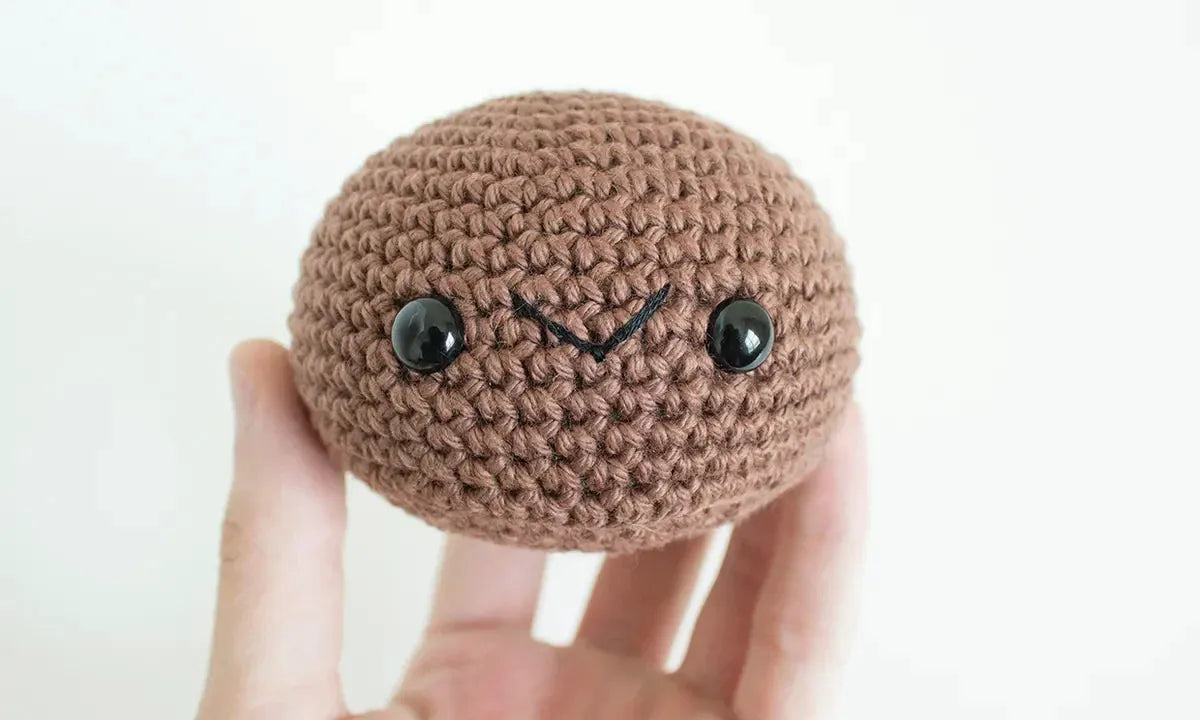Creating eyes for your crochet projects, especially amigurumi, is an essential skill that adds character and personality to your creations. The eyes can convey emotions, making your crochet animals and characters come to life. There are various methods to crochet eyes, each offering unique aesthetics and advantages. In this guide, we will explore how to crochet eyes step-by-step, focusing on different techniques that cater to various preferences and skill levels.
Whether you prefer the softness of crocheted eyes, the simplicity of embroidered designs, or the charm of fabric alternatives, this tutorial will provide you with detailed instructions to achieve the perfect look. You can customize your eyes in numerous colors and sizes, allowing for endless creativity in your projects.
In addition to traditional methods, we will also discuss alternatives to plastic safety eyes, which can be a concern for those making toys for young children. With the right techniques and a bit of practice, you’ll be able to craft beautiful eyes that enhance the overall appeal of your amigurumi. Let’s dive into the exciting world of crocheted eyes and learn how to make them step by step!
💡 Did you know
Eyes play a crucial role in the world of amigurumi, the Japanese art of crocheting small stuffed animals and creatures. They are not merely decorative elements; they are fundamental to the character and personality of each creation. The right eyes can bring a sense of life and emotion to your crochet projects, making them more engaging and relatable. In this article, we will explore the significance of eyes in amigurumi, the various methods to create them, and how they contribute to the overall aesthetic of your creations.
For a delicate look, you can use crochet thread instead of traditional yarn. This method is particularly useful for smaller amigurumi.
To make crochet eyes look more realistic in your amigurumi projects, consider the following tips that enhance their appearance and add depth and character:
- Use Varied Yarn Colors : Incorporating multiple shades of yarn can create depth in the eyes. For example, use a darker shade for the pupil, a lighter shade for the iris, and a touch of white for highlights. This layering mimics the natural look of human eyes.
- Add Reflections : Creating a small reflection in the eye can significantly enhance realism. Use a strand of white yarn to stitch a tiny dot or line on the pupil. This simple addition can make the eyes appear glossy and lively, giving them a more three-dimensional effect.
- Experiment with Eye Shapes : Instead of sticking to traditional round shapes, try different eye shapes to convey various emotions. Almond-shaped eyes can give a more playful or mischievous look, while round eyes can appear innocent and cute.
- Consider Eye Placement : Proper positioning of the eyes is crucial for achieving a lifelike appearance. Make sure the eyes are evenly spaced and aligned with the features of the amigurumi. Using stitch markers to mark eye placement can help ensure symmetry.
- Use Smaller Stitches : For more intricate designs, consider using smaller crochet hooks or finer yarn to create smaller, more delicate eyes. This can help achieve a more refined look, especially for smaller amigurumi.
- Incorporate Eyelids or Eyelashes : Adding eyelids or eyelashes can enhance the expressiveness of your amigurumi’s eyes. Simple crochet stitches can create eyelids, while small strands of yarn can be used for eyelashes.
- Try Different Techniques : Explore various methods for creating eyes, such as crocheting, embroidering, or using felt. Each technique can yield different textures and appearances, allowing you to find the best fit for your project.
- Use Safety Eyes for Realism : If appropriate for your project, consider using plastic safety eyes. They provide a glossy finish and a realistic look that can enhance the overall appearance of your amigurumi.
- Create Depth with Layering : When crocheting eyes, create a layered effect by making the iris slightly larger than the pupil. This layering can give the eyes a more realistic depth and dimension.
- Practice and Experiment : Lastly, practice is key. Try different designs and techniques to see what works best for your style. Don’t hesitate to experiment with unique ideas, as this will help you develop your skills and create more lifelike eyes.



